Apple has won two new U.S. patents through its ties with exclusive materials partner Liquidmetal, addressing ways of manufacturing amorphous alloys including hollowed-out shapes.
The first patent was originally applied for in May 2012, and documents a kind of feedstock — raw material — made of bulk metallic glass, which can then be used in an injection molding process for manufacturing products. The second dates back to February 2011 and covers a thermoplastic molding method involving two different fluids, and allows producing both three-dimensional hollow objects and ones with extreme aspect ratios.
The patents credit people known to work for either Apple or Liquidmetal. Two people, Quoc Tran Pham and Theodore Andy Waniuk, are mentioned in both patents and are the only credited inventors for the thermoplastic molding concept.
Apple has been picking up a number of Liquidmetal patents in recent years, thanks to a licensing arrangement dating back to 2010. It's still unknown how many current-generation Apple products use Liquidmetal technology, if any, although the company is believed to have used the material for SIM card ejector pins.
Any use on a significant scale would require high-volume mass manufacturing, something Apple has been building towards through accumulated patents. But it's unclear whether the prohibitive costs associated with Liquidmetal have been addressed enough to use the material in a more meaningful way.
 Roger Fingas
Roger Fingas
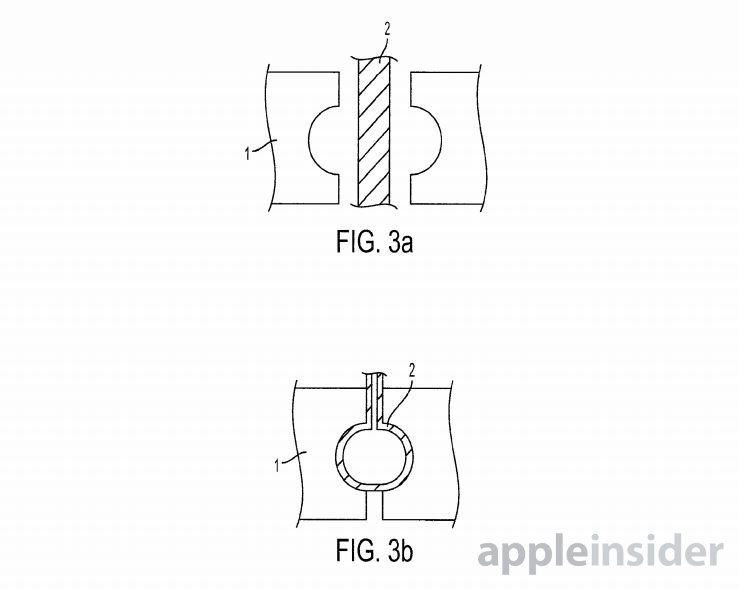
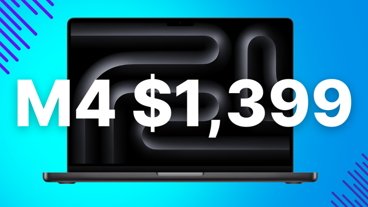

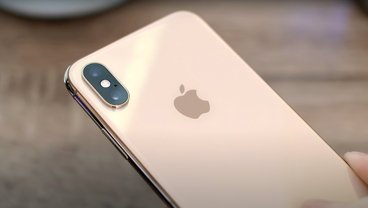
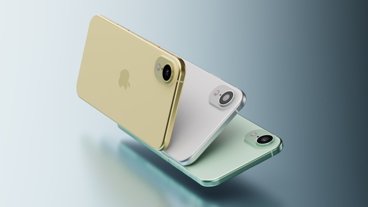




 Malcolm Owen
Malcolm Owen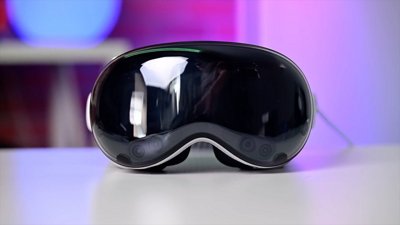
 Oliver Haslam
Oliver Haslam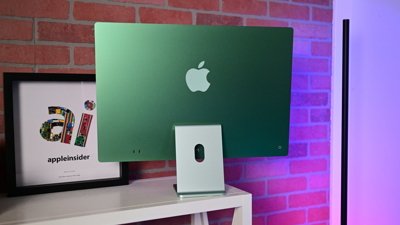
 Andrew O'Hara
Andrew O'Hara
 Sponsored Content
Sponsored Content
 Charles Martin
Charles Martin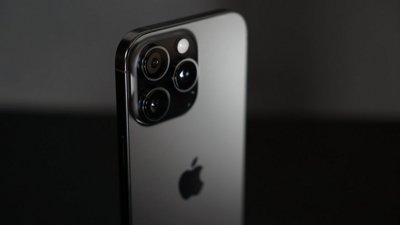
 Wesley Hilliard
Wesley Hilliard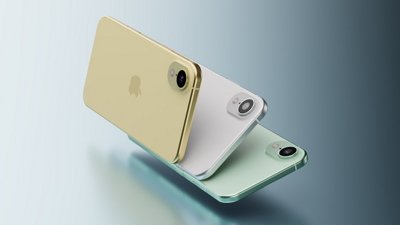
 Marko Zivkovic
Marko Zivkovic









23 Comments
THIS is how you do it.... years of research and accumulating patents. When it's time to move to mass production you have years of a lead on the wannabe competition... and playing catchup is a bitch! And Liquid Metal is only one of several areas reported on this site where Apple is straining to make a breakthrough. And then there are other areas of technology we have not even a rumor of.
Liquid metal seems very cool, but SpaceX manages to 3D print rocket engine parts, so I would think long term 3D printing would offer the most design flexibility, strength and precision.
But perhaps liquid metal would be faster to produce than 3D printed parts.
Might be good for a Watch casing.
Might be good for a Watch casing.
And the damn iPhone/iPad casing too.
Amorphous alloys (LiquidMetals) have some attractive properties and some not so attractive properties. The article mentions cost. That is perhaps the largest bugaboo that is holding back adoption of this form of material. The composition of amorphous alloys is such that they rely on prodigious amounts of expensive base metals - zirconium, titanium, niobium, palladium, and the like. These metals have to be quite pure with a low oxygen concentration. Oxygen screws up the ability to form an amorphous (randomly ordered atomic structure) alloy. This requires very expensive refining techniques - especially for the reactive/refractory metals like Zr, Ti, and Nb. These metals can range in price from $20 - $25 per pound up to hundreds of dollars per ounce. In order to compete the alloy really needs to come in at under $10 per pound. This will be a major challenge. LiquidMetal has a very high fluidity and it can reproduce amazing detail. One application that has been discussed is scalpels formed by casting the knife edge. It is strong and corrosion resistant and is very stiff (high Young's modulus.) However, it's impact resistance is more akin to glass. It has very little ductility - like silicon-based glasses - and is therefore rather brittle. So, while it has the fluidity to cast thin shapes like the casing for a computer, smart phone or tablet, it would likely be too brittle for that application. One good drop and it would tend to shatter. A thicker watch casing, on the other hand, may be attractive as very fine features could be cast into it. Unfortunately, Apple's partner, LiquidMetal Technologies has already licensed Swatch for the timekeeping applications. No idea if it is an exclusive license, but if so then that would leave Apple having to negotiate with Swatch and LiquidMetal to secure rights to use it in The Watch. So, attractive properties, if used in the proper application, but with a very high raw material cost it will be a while before we see commercialization of these alloys in any volume.